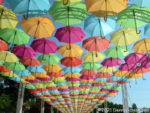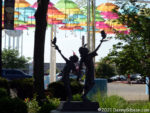 A couple of weeks ago I credited a blog post mentioned by another blog post with nudging me to revisit Hartman Rock Garden. However, it wasn’t the rock garden post that Jim Grey’s blog actually referenced and which prompted me to subscribe to Make the Journey Fun. It was this one: Deep Thoughts In Flight. It really struck a chord.
A couple of weeks ago I credited a blog post mentioned by another blog post with nudging me to revisit Hartman Rock Garden. However, it wasn’t the rock garden post that Jim Grey’s blog actually referenced and which prompted me to subscribe to Make the Journey Fun. It was this one: Deep Thoughts In Flight. It really struck a chord.
It was a chord that was just waiting to be struck. Flying in an open airplane had long been part of my own — not particularly deep — thoughts and blogger Brandi Betts’ July post, along with a couple of others about her airborne experiences with Goodfolk & O’Tymes Biplane Rides, finally prompted me to act on those thoughts.
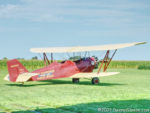
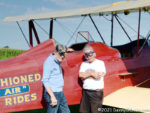 I spoke with owner/pilot Dewey Davenport by phone and made tentative plans for a flight on August 9. Clouds and the possibility of rain led us to postpone the outing, and when my friend John and I prepared to climb aboard on Tuesday, there was no doubt in our minds that the postponement was a good thing. The only clouds in the sky were the soft fluffy welcoming sort.
I spoke with owner/pilot Dewey Davenport by phone and made tentative plans for a flight on August 9. Clouds and the possibility of rain led us to postpone the outing, and when my friend John and I prepared to climb aboard on Tuesday, there was no doubt in our minds that the postponement was a good thing. The only clouds in the sky were the soft fluffy welcoming sort.
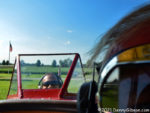 As probably everyone reading this knows, in the early days of flight, passengers sat in front of the pilot and this plane is definitely from those early days. The four-passenger (plus pilot) D-25 New Standard was built in 1930, less than twenty-seven years after Wilbur and Orville first left the ground in an aircraft with a passenger capacity of zero. During the in hangar preliminaries, Dewey gave us a rundown of the D-25 in general and of this one in particular. Although it spent some of its middle years as a cropduster, it had been built specifically for barnstorming which is precisely the role it has returned to. A photo of this very plane appeared in National Geographic showing its use along the Snake River in one of the very first air rescue operations — in 1935!.
As probably everyone reading this knows, in the early days of flight, passengers sat in front of the pilot and this plane is definitely from those early days. The four-passenger (plus pilot) D-25 New Standard was built in 1930, less than twenty-seven years after Wilbur and Orville first left the ground in an aircraft with a passenger capacity of zero. During the in hangar preliminaries, Dewey gave us a rundown of the D-25 in general and of this one in particular. Although it spent some of its middle years as a cropduster, it had been built specifically for barnstorming which is precisely the role it has returned to. A photo of this very plane appeared in National Geographic showing its use along the Snake River in one of the very first air rescue operations — in 1935!.

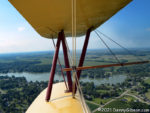
 As we climbed into the sky, I, feeling we would likely need it later, kept an eye on our left landing gear. I assume John was similarly watching over the right side gear although I did not verify that. Conversation with protective earmuffs in place is challenging. I have flown in small airplanes in the past but never with the delightful in-your-face wind and noise of an open cockpit. I suppose it might become noticeably less delightful on a multi-hour flight to the coast although I’m not entirely sure of that. Experiencing flight in exactly the same manner that it was experienced close to a couple of decades before I was born was pretty darned cool and not a little exhilarating. Even though the overhead wing meant we passengers were traveling comfortably in the shade, the bright sun did enable me to take a long-distance selfie.
As we climbed into the sky, I, feeling we would likely need it later, kept an eye on our left landing gear. I assume John was similarly watching over the right side gear although I did not verify that. Conversation with protective earmuffs in place is challenging. I have flown in small airplanes in the past but never with the delightful in-your-face wind and noise of an open cockpit. I suppose it might become noticeably less delightful on a multi-hour flight to the coast although I’m not entirely sure of that. Experiencing flight in exactly the same manner that it was experienced close to a couple of decades before I was born was pretty darned cool and not a little exhilarating. Even though the overhead wing meant we passengers were traveling comfortably in the shade, the bright sun did enable me to take a long-distance selfie.
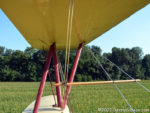
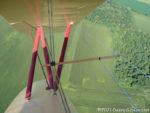
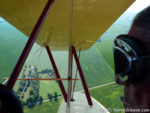 The view that an open aircraft provides is clearly unbeatable. In addition, Dewey made sure we experienced some of the unique non-visual sensations available as well. There was nothing remotely dangerous, of course, but we were treated to some climbs and dips that delivered that hint of weightlessness found on really good roller coasters. And there were some fairly hard banks. First to the right, so I could look straight at the ground right past John. Then to the left, so I could look straight at the ground right past nothing. That third picture might look like we are parked on the ground but nope. Dewey was just giving us a feel for what crop-dusting might have been like.
The view that an open aircraft provides is clearly unbeatable. In addition, Dewey made sure we experienced some of the unique non-visual sensations available as well. There was nothing remotely dangerous, of course, but we were treated to some climbs and dips that delivered that hint of weightlessness found on really good roller coasters. And there were some fairly hard banks. First to the right, so I could look straight at the ground right past John. Then to the left, so I could look straight at the ground right past nothing. That third picture might look like we are parked on the ground but nope. Dewey was just giving us a feel for what crop-dusting might have been like.
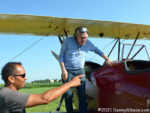 After we actually had landed, I exited ahead of John and turned around just as Dewey answered his question about where the nearest cornfield was.
After we actually had landed, I exited ahead of John and turned around just as Dewey answered his question about where the nearest cornfield was.
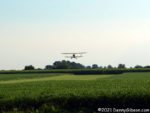
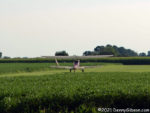
 Another flight was scheduled shortly after ours, and we stuck around to watch it take off. It was a very short taxi back to the runway then a revving of the radial engine started the airplane speeding — in a leisurely manner — over the grass to break free — also in a leisurely manner — from Earth’s surface. Dewey is almost always successful in his goal of making sure every customer has a great experience. He definitely works at it. The only time someone has been unhappy was when a flight had to be canceled due to darkness. Not only do people leave feeling happy, a goodly number no doubt leave feeling envious of Dewey’s “office”. John and I sure did.
Another flight was scheduled shortly after ours, and we stuck around to watch it take off. It was a very short taxi back to the runway then a revving of the radial engine started the airplane speeding — in a leisurely manner — over the grass to break free — also in a leisurely manner — from Earth’s surface. Dewey is almost always successful in his goal of making sure every customer has a great experience. He definitely works at it. The only time someone has been unhappy was when a flight had to be canceled due to darkness. Not only do people leave feeling happy, a goodly number no doubt leave feeling envious of Dewey’s “office”. John and I sure did.
 I don’t have a “favorite blogs” list, but if I did Make the Journey Fun would almost certainly be on it. Brandi Betts visits some of the same sorts of places I visit and writes about some of the same sorts of things I write about. She does it more frequently (often daily), also writes about some things I do not (e.g., her cat), and has the occasional deep thought post more often than I do (which is pretty much never). But even if she had not turned me onto a wonderful keeper of bi-planes or reminded me of a delightful rock garden I’d still applaud her blog simply because of the name and the tagline. And that’s some pretty deep thought for me, eh?
I don’t have a “favorite blogs” list, but if I did Make the Journey Fun would almost certainly be on it. Brandi Betts visits some of the same sorts of places I visit and writes about some of the same sorts of things I write about. She does it more frequently (often daily), also writes about some things I do not (e.g., her cat), and has the occasional deep thought post more often than I do (which is pretty much never). But even if she had not turned me onto a wonderful keeper of bi-planes or reminded me of a delightful rock garden I’d still applaud her blog simply because of the name and the tagline. And that’s some pretty deep thought for me, eh?

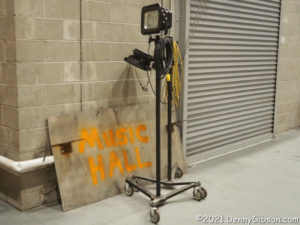
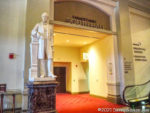

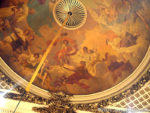
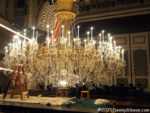
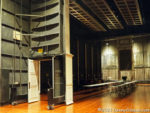

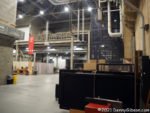
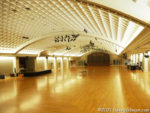


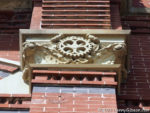

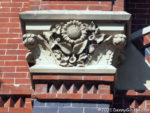


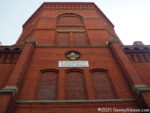
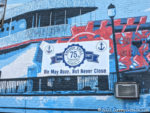
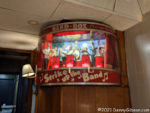


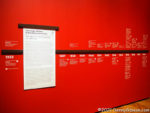

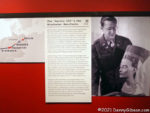


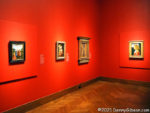

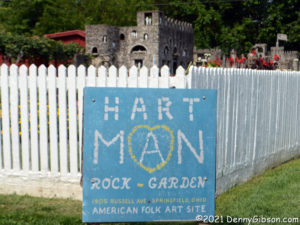
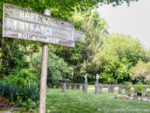
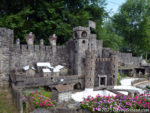
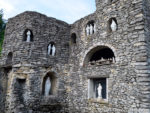
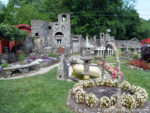


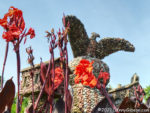
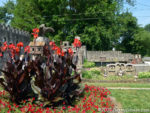
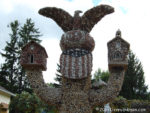




 Just like all but one of my previous books, Tracing a T to Tampa is a travelogue. Unlike any of those books, it is not about following a specific road or reaching specific destinations. It is about following a single specific trip. That trip is one made by my great-grandparents in 1920 in a Model T Ford. Throughout the 1920 journey, my great-grandmother sent a series of letters to her daughter in which town names were often included in her reports of what they were seeing and doing. Those town names allowed me to roughly reproduce their route. There are multiple reasons why my reproduction is a rough one. One is that roads have changed in the intervening years and another is that I usually had to guess at the path they took between the towns my great-grandmother mentioned. Some of those guesses are almost certainly wrong but proving it, should you be so inclined, would not be easy. Parts of the 1920 trip were clearly on the Dixie Highway and National Old Trails Road although neither is identified by name in the letters.
Just like all but one of my previous books, Tracing a T to Tampa is a travelogue. Unlike any of those books, it is not about following a specific road or reaching specific destinations. It is about following a single specific trip. That trip is one made by my great-grandparents in 1920 in a Model T Ford. Throughout the 1920 journey, my great-grandmother sent a series of letters to her daughter in which town names were often included in her reports of what they were seeing and doing. Those town names allowed me to roughly reproduce their route. There are multiple reasons why my reproduction is a rough one. One is that roads have changed in the intervening years and another is that I usually had to guess at the path they took between the towns my great-grandmother mentioned. Some of those guesses are almost certainly wrong but proving it, should you be so inclined, would not be easy. Parts of the 1920 trip were clearly on the Dixie Highway and National Old Trails Road although neither is identified by name in the letters.



